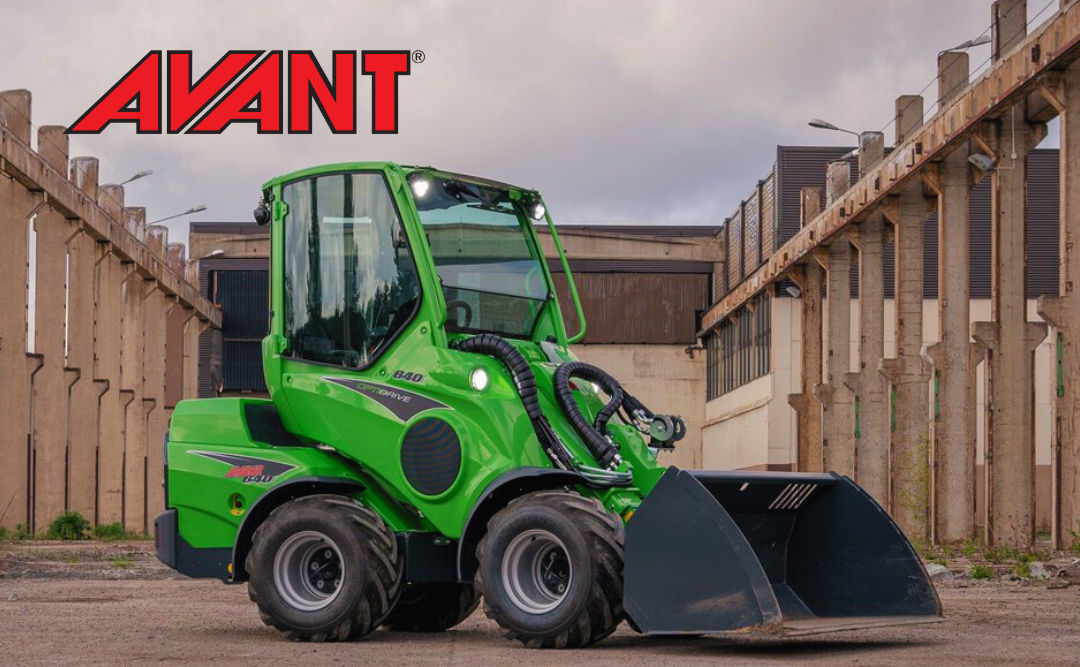Avant is the best machine for Almond Pollination - Avant Equipment
Almond Pollination Season is here! Let Avant do the heavy lifting for you
August 7, 2018

Almonds are a large industry in Australia with approximately 3/4 of Australian Almonds exported to over 40 countries including India and Europe. Australia produced 7.7% of the global crop to remain the world’s second largest producer behind the USA. Orchards have been steadily increasing as the industry now totals 35,886 hectares with more than 10 million almond trees. Almond pollination season is crucial to the success of the industry.
Background – Almond Pollination
Almond Pollination (Prunus dulcis) is very important. With the appropriate number of pollinators, such as managed hives, almonds can commonly receive between 90–100 per cent nut set, which form into ‘nutlets’. However, the resulting yield at harvest time is always much lower. This can be due to a range of factors, such as excess rain, poor nutrition etc. which causes the tree to abort some of the nutlets.
Almonds generally require between 30–60 per cent yield to produce a commercial crop, with 30 per cent yield being classified as below average and 60 per cent being classified as above average. For effective pollination, beekeepers should use 6 – 7 hives/ha.
Almonds are one of the earliest crops to flower in the spring (August). The flowers have five petals, and a single stigma surrounded by a ring of anthers. They open before the tree produces leaves. The flowers produce both nectar and pollen. While the ovary contains two ovules, only one ovule normally develops into a seed and produces a fruit. The stigmas are usually receptive as soon as the flowers open. Almonds are generally not self-fertile and will require pollinisers planted. However new self-fertile varieties are now becoming available. Pollination is a significant factor affecting crop yield.
Pollinating Almonds
A wide range of insects visit almond flowers to collect pollen and nectar including flies, bumble bees (not present on mainland Australia) and honey bees. Honey bees are the most important pollinators as they are easily managed and introduced to a crop. Because almonds flower early in the spring, in many situations they may be the only crop flowering in an area. Although this has the advantage there are fewer flowers surrounding the crop that may draw bees away from the almonds, it also means almonds are often open in cooler conditions, which may reduce honey bee activity. Site honey bee colonies in warm sheltered positions as this may encourage them to forage in colder conditions. Research shows higher fruit set rates when hives are in smaller placements and spread evenly across the orchard, rather than larger placements placed less often.
Because of the flower shape, pollen gatherers are likely to be better pollinators than nectar foragers. Many nectar foragers collect nectar from almond flowers without touching the stigma. Pollen gathers have a greater chance of contacting the stigma, as they scramble over the anthers to collect pollen, so there is a high frequency of contact with the stigma. Managing colonies so they have a high demand for pollen may assist pollination. For many crops, hives are not introduced until approx. 10% flowering. However, colonies can be introduced earlier to almonds when there are few competing flowers around the orchard.
Ensure a few hives placed early on to ensure pollination of all flowers. With the relatively high fruit set required and the large numbers of flowers on the trees, fruit set often declines quickly as with increasing distance from a polliniser. Honey bees will mainly forage on a single tree and if they leave this they are most likely to move to the next tree in the same row. It used to be common for polliniser rows to be every third row; however, it is now recommended to plant them every second row.
Why Avant in Pollination?
The Avant machine has a wide range of applications. Our BeePro loaders have a number of key qualities that make it perfect for the task of Almond Pollination Season:
- The Avant is compact enough to park across the tray of your truck with forks still attached! This includes the large 500 and 600 series loaders as well.
- Avant boasts a massive lift capacity allowing you to easily move pallets
- The Avant drives on any surface without damage including grass, dirt and asphalt. They can also drive in National Parks.
- The optional A/C cab offers a comfortable climate to work in all year round as well as added protection. Operators can remove bee protective clothing inside the cab which provides additional visibility.
- Load your truck from one side with the telescopic boom and side shift forks.
- Narrow access means you can manoeuver your Avant anywhere!
See our full range of Loaders here. Manufacture of Avant Compact Loaders and attachments takes place by Avant Tecno in Finland. For more information call 1800 686 411 or contact us.

